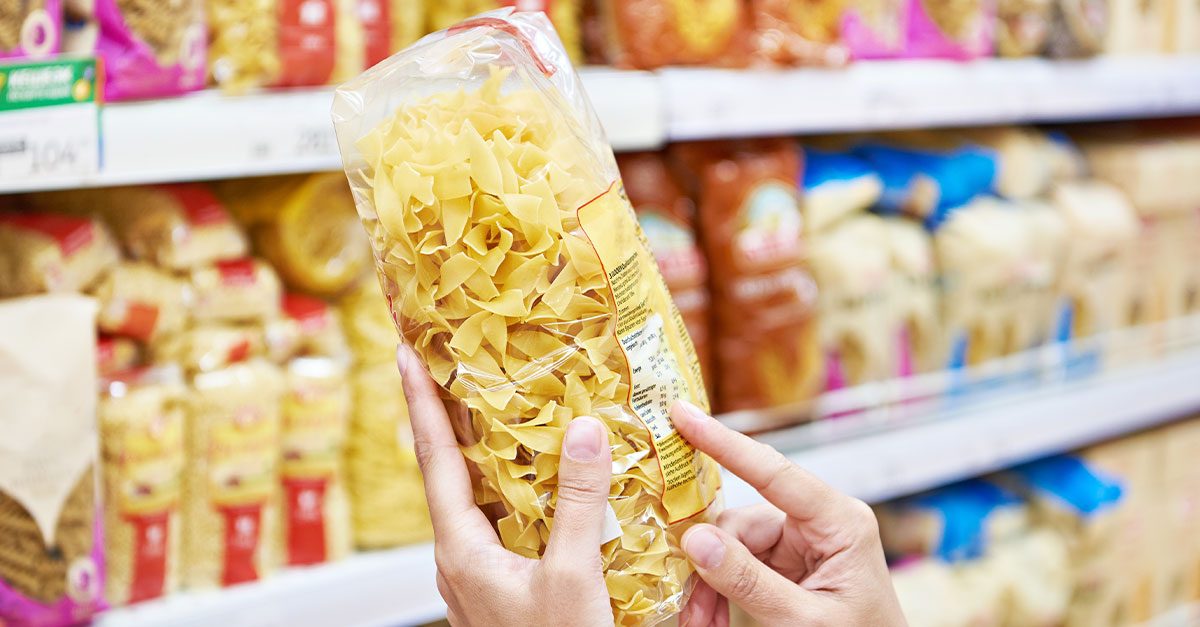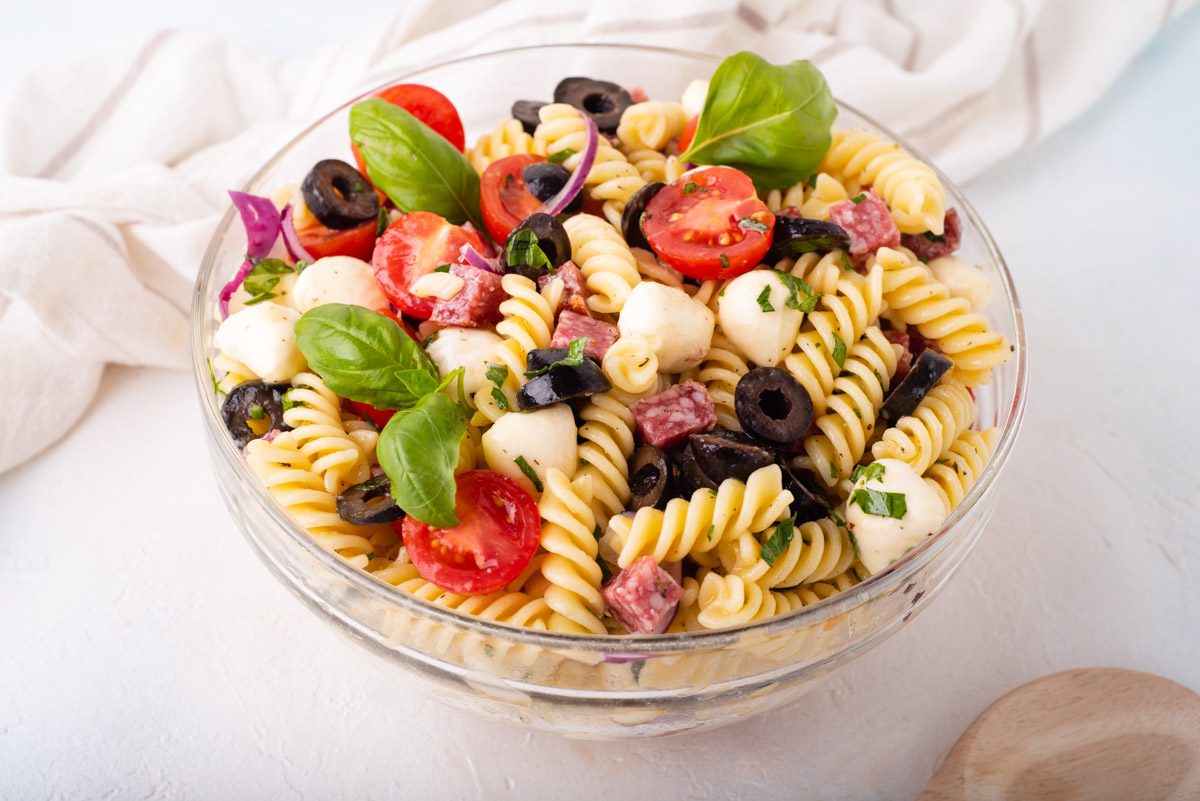
How to Recognize Good Pasta: 3 Tips to Buy Pasta Like an Italian
To discern high-quality pasta, observe its pale yellow color indicating natural drying, feel for a slightly rough texture from bronze cutting for better sauce adherence, and check cooking times to ensure it cooks al dente without losing shape, indicating superior grain processing and gluten integrity.

Pasta stands as a universally cherished dish, a culinary delight that nearly everyone has savored at least once. Though its origins may be enshrouded in mystery, the Italians have undeniably claimed it as a cornerstone of their culinary tradition, elevating it to symbolize their rich cultural heritage. With an array of brands and shapes available, each type of pasta pairs with a specific sauce, enriching the dining experience with its versatility. However, as the market expands and prices fluctuate, the abundance of choices presents a conundrum for the discerning consumer: how do we distinguish high-quality pasta in a sea of options, ensuring our dishes are nothing short of exquisite? An Italian culinary expert offers three foolproof tips for recognizing premium pasta, allowing us to buy pasta like a true Italian.
1. The Color

The first tip to help you recognize good quality pasta is its color, which you can usually take a peek at through the boxes sold at grocery stores. When a dry pasta appears to be too yellow, that usually indicates that, during its preparation, it was dried with ultra high temperatures in a very short time: 248°F instead of the usual 176°F-194°F, and this will result in a bitter taste once cooked. This means that it wasn't left to dry naturally. Good quality pasta's color should be a pale yellow, which indicates that the pasta was dried naturally, from a few hours and up to 24 hours, at the right temperature aforementioned.
2. The Texture

The second trip that'll have you become an expert like Italians on pasta is to check for the uncooked product's texture. Excellent quality types of pasta are bound to have a slightly rougher surface, which is given to them by a bronze dice during its preparation; such texture ensures that once cooked and seasoned with its sauce, this will stick better to the pasta, ensuring a tasty and flavorful dish at each bite you take. Dry pasta that is too smooth will make it harder, during cooking, for the entire dish to blend together, ruining the overall eating experience. So, if you want to have a full Italian dining experience when cooking and serving pasta, make sure to look for bronze-cut qualities of pasta.
3. The Cooking Time

Last but not least, you'll realize if you've purchased a good quality pasta checking its cooking time. Usually printed on top of the pasta box, this should be accurate and not too short – especially for dried pasta, which should always be cooked "al dente", as per Italian tradition. If you notice, while cooking, that your pasta is cooking too fast, this might indicate that its overall quality isn't all that good. Additionally, if once you've drained the pasta, you notice that the original shape has been ruined (the pasta has broken down or presents cracks and missing spots) this means that the grain was subjected to aggressive grinding that broke down its core protein, which is gluten. Gluten is also responsible for retaining pasta's amids during cooking, so if you notice that the water is quite clear, it means that the semolina flour used for your pasta is of good quality.
;Resize,width=767;)
;Resize,width=712;)
;Resize,width=712;)
;Resize,width=712;)
